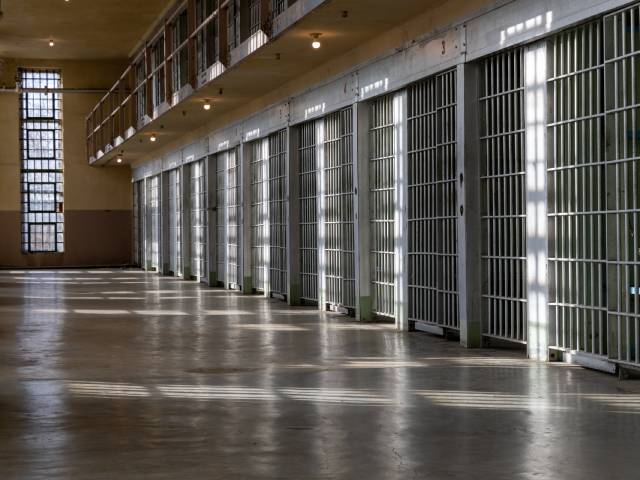

Correctional facilities require various cleaning solutions to manage hygiene and sanitation challenges. A clean institution can mitigate illness outbreaks and protect all personnel. We will explore effective cleaning technologies for correctional facilities that make a huge difference in these environments.
Electrostatic sprayers apply a charged mist of disinfectant that uniformly adheres to surfaces for comprehensive coverage. This charged mist allows the disinfectant to wrap around objects and cover hard-to-reach areas. By using disinfectant that clings to every surface, electrostatic sprayers deliver consistent and reliable disinfection.
UV-C light disinfection uses ultraviolet light to kill bacteria, viruses, and fungi on surfaces and in the air. This technology is effective in maintaining high hygiene standards because it targets the DNA of microorganisms, rendering them inactive. UV-C light disinfection does not involve chemicals, making it environmentally friendly. Additionally, it’s excellent for use in areas that require frequent sanitization and where chemical residues are undesirable.
Ozone generators are effective cleaning technology for correctional facilities. They use ozone gas to disinfect and deodorize spaces, actively killing pathogens and removing unpleasant odors without leaving chemical residues. Ozone works by oxidizing microorganisms, which makes it a potent sanitizer. This technology is particularly useful in environments where odor control is as important as disinfection. The ability to sanitize and deodorize simultaneously is invaluable in maintaining a pleasant atmosphere within correctional facilities.
Robotic floor cleaners bring automation to the forefront of facility maintenance by cleaning large floors with minimal human intervention. These automated machines operate reliably to support consistent cleanliness. They also reduce the workload for cleaning staff, allowing them to focus on other essential tasks. Janitorial staff can program routes into robotic cleaners to cover vast spaces and ensure floors remain spotless.
Microfiber cleaning tools, including mops and cloths, capture dirt and pathogens more effectively than traditional cleaning materials. They trap particles and provide a deeper clean. These tools also help to reduce the reliance on chemical cleaners while producing superior results.
Cleanliness in correctional facilities is important for inmate and staff safety, and touch-free soap and sanitizer dispensers reduce the risk of cross-contamination. By eliminating the need for direct contact, these dispensers minimize the spread of germs while promoting better hygiene practices. They are especially important in high-traffic areas where multiple users can quickly spread bacteria.
HEPA filters inside air purifiers and vacuum cleaners trap airborne particles and contaminants. By capturing small particles, HEPA filters improve air quality within correctional facilities. Cleaner air contributes to better health for inmates and staff while reducing the spread of airborne diseases.
24World Media does not take any responsibility of the information you see on this page. The content this page contains is from independent third-party content provider. If you have any concerns regarding the content, please free to write us here: contact@24worldmedia.com
